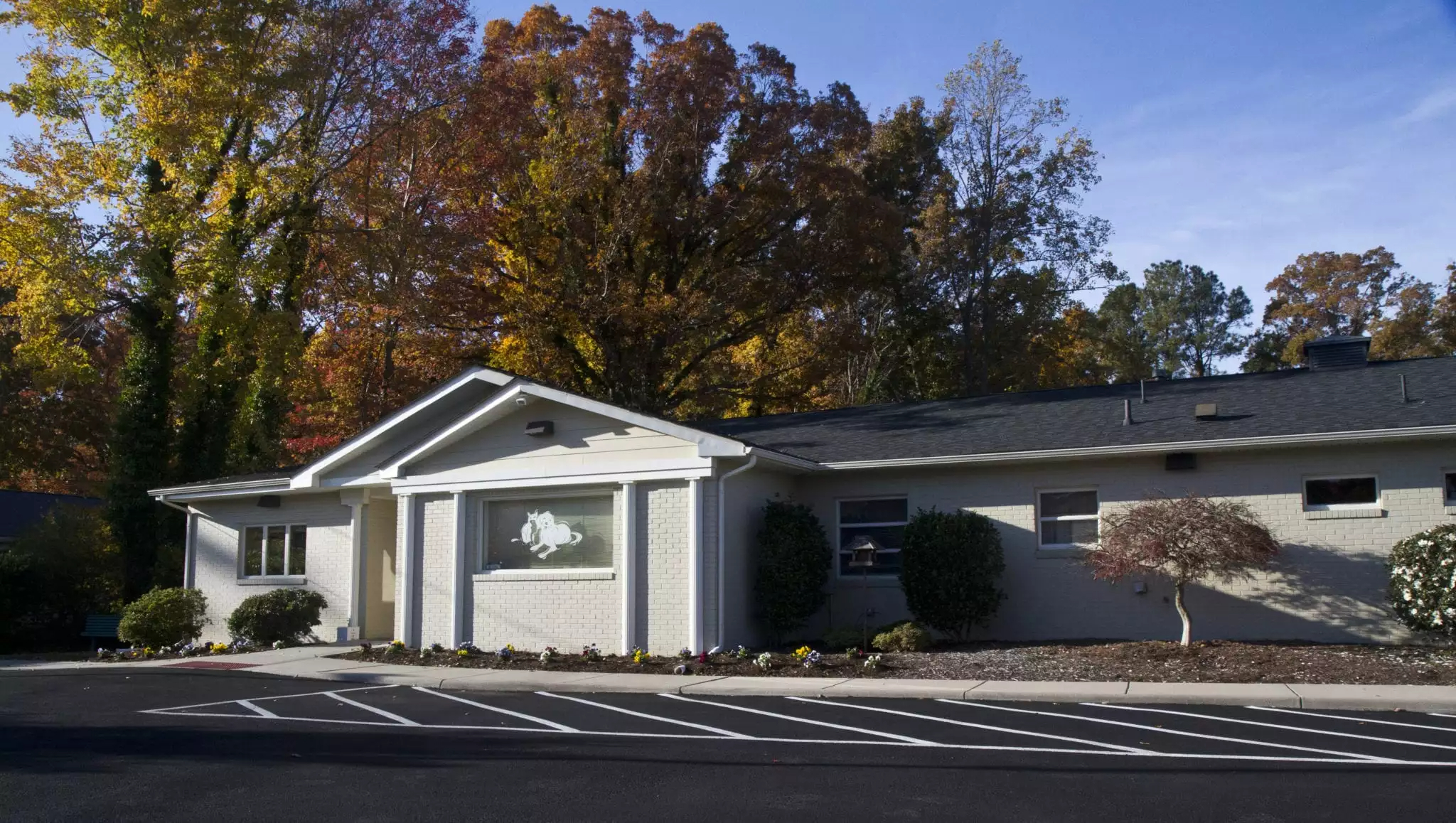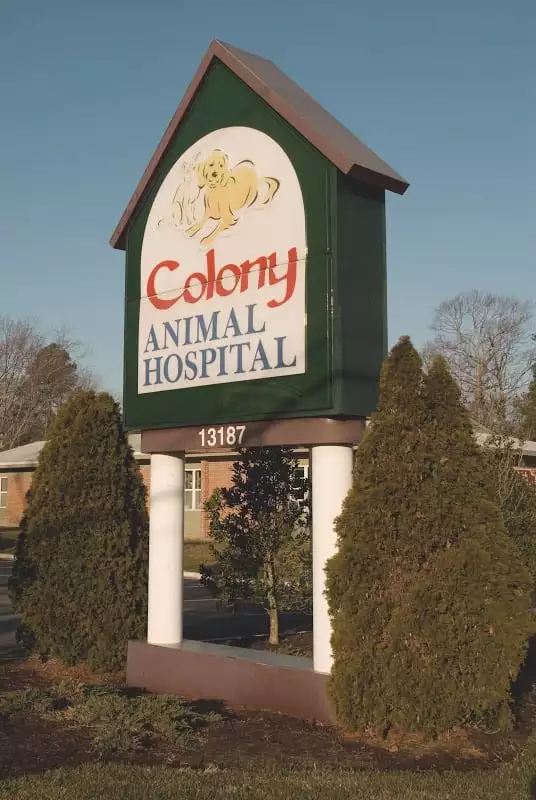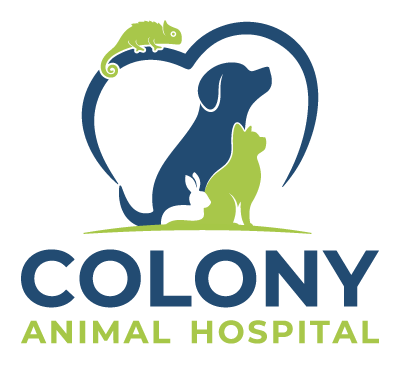Colony Animal Hospital continues to evolve year after year, and we look forward to meeting new pets and the people who love them for years to come. Our aim is always to work together with you to keep your pet healthy and happy. Our entire team is passionate about providing Virginia’s pets with the tender loving care that they deserve, and we hope to continue doing so for your pet family. Please feel free to browse through our site to learn more about our full-service animal hospital.
The Future of Colony Animal Hospital

History of Colony Animal Hospital
Colony Animal Hospital’s history is a rich one, but our mission has remained the same since our inception. The journey began in 1961 when our hospital was established in Newport News, VA by Dr. James H. Howard. As the number of pets in the Hampton Roads area grew, he added to the facility to accommodate more patients, including dogs, cats, exotics, and pocket pets.
In an effort to demonstrate our commitment and dedication to the pet community and their owners, Colony Animal Hospital became accredited by the American Animal Association (AAHA) in 1967. AAHA sets strict standards for veterinary professionals and practices, which we have met continuously for over 50 years. You can learn more about our decision to become an AAHA-accredited animal hospital by visiting our AAHA-Accredited page.


Becoming a State-of-the-Art Facility
In 1983, Dr. Greg Piske joined the Colony Animal Hospital team. He then purchased the practice when Dr. Howard retired in April of 1999. Dr. Piske continued to accommodate his patients and the changes in veterinary medicine with updates to the facility. One of these changes included adding all-new state-of-the-art technology to the hospital in 2007, ranging from a dental suite with a digital dental x-ray unit, a surgical suite with Bluetooth wireless surgical monitoring equipment, an imagining room with a digital x-ray unit, video otoscope, and an ultrasound unit. Our new treatment area includes an ICU with individual climate-controlled cages and an oxygen therapy cage, as well as a new large treatment area with four treatment stations and an updated pharmacy and laboratory.
